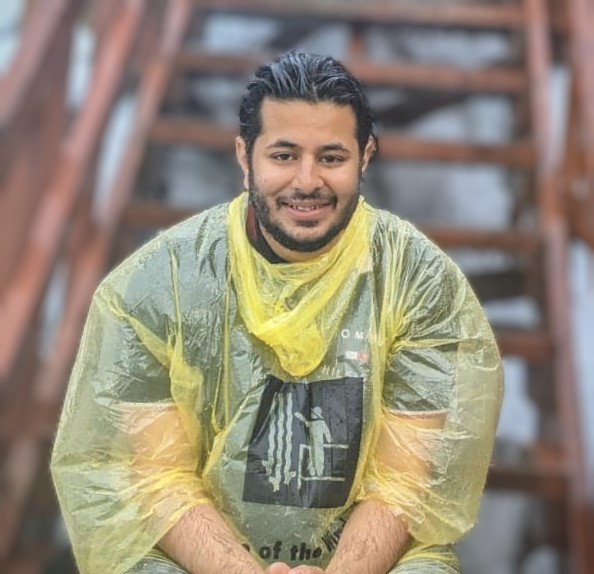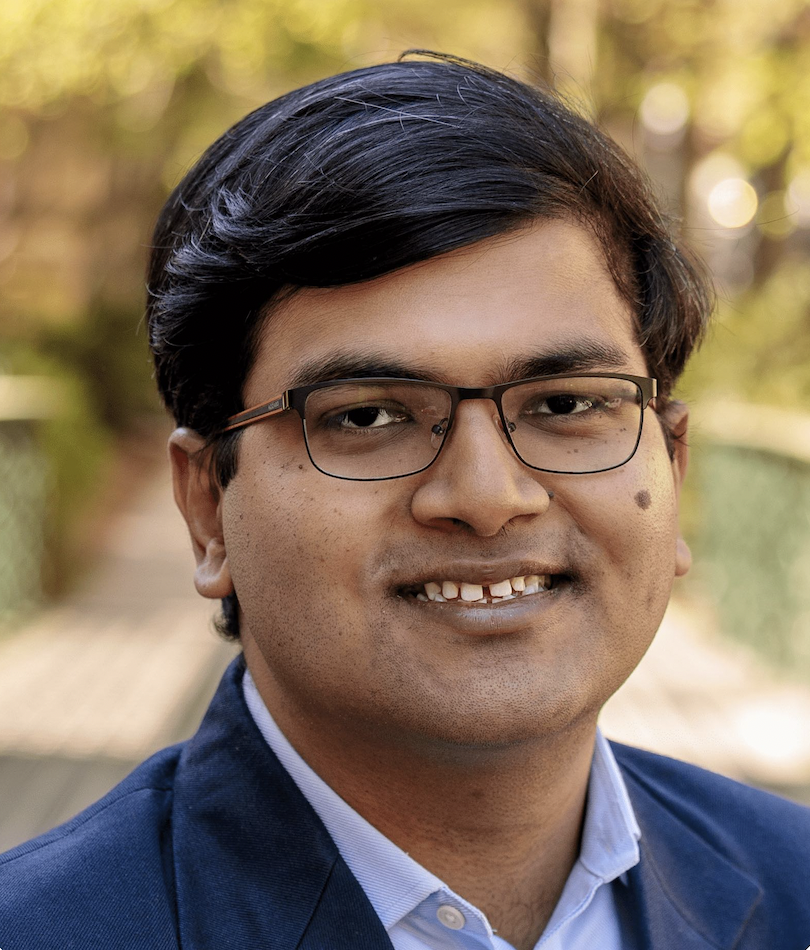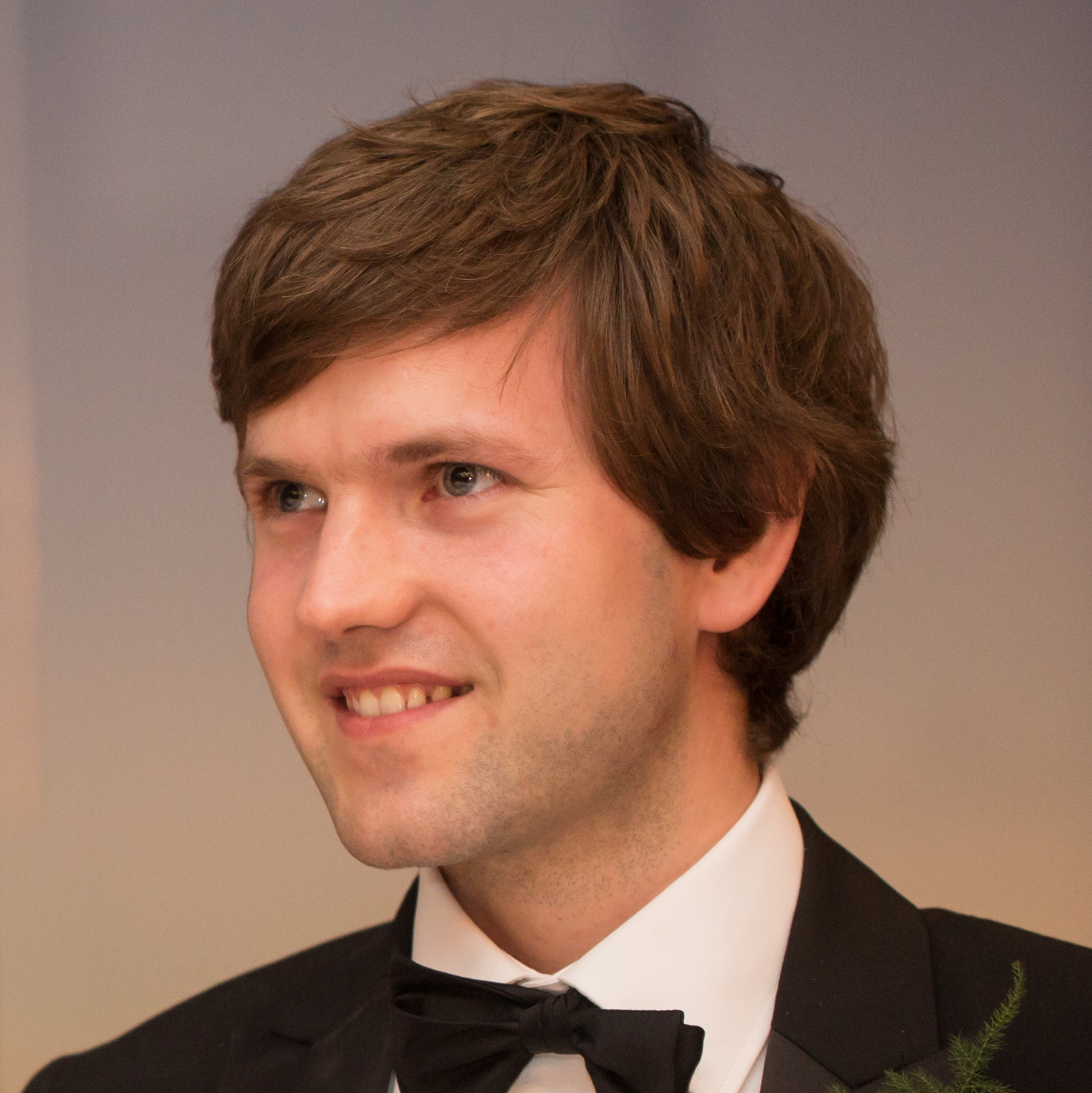My research focuses on understanding dark matter and its influence on galaxy formation/evolution in the context of our own Galaxy. I am particularly interested in modeling and quantifying the asymmetric distribution of dark matter in the Milky Way by building tailored tools that can work in the disequilibrium regime and zoomed hydrodynamical cosmological simulations of the Milky Way-mass galaxies. I use systems such as stellar streams–disrupted satellite galaxies–as a probe for DM. I am also interested in alternative dark matter models, specifically self-interacting dark matter and its effects at galactic scales.
I am interested in learning about the nature of dark matter and galaxy formation using wide-field astronomical surveys such as the Legacy Survey of Space and Time (LSST) at the Vera C. Rubin Observatory.
In particular, I work on finding and characterizing stellar streams and dwarf galaxies in the local universe and enabling this science by making infrastructure level contributions to cosmological surveys. These contributions range from instrumentation and calibration to science validation and software development. At the University of Washington I am a DiRAC postdoctoral fellow as well as a fellow in the eScience institute. Previously, I was a postdoc at another UW on an isthmus (University of Wisconsin-Madison) where I was part of the observational cosmology group, and I completed my PhD at Texas A&M University.
I am an LSST-DA Catalyst Prize Fellow and am currently hosting my fellowship at the DiRAC Institute. I use the latest advances in machine learning combined with large surveys to study the formation & evolution of galaxies and investigate the specific role played by Active Galactic Nuclei in this process.
Please take a look at my website to learn more about my research!

I completed my Ph.D at the University of Pennsylvania, focusing on the development and application of new techniques for the discovery and characterization of the most distant bodies in our Solar System, trans-Neptunian objects, as part of the Dark Energy Survey (DES). At the University of Washington, I am expanding this research to current surveys, as well as upcoming projects such as the Rubin Observatory’s Legacy Survey of Space and Time (LSST).
Discovering these objects is inherently a computationally expensive task, requiring these bodies to be tracked across multiple telescope images during several years of observations, as these move against the background of stars in the night sky. My research focuses on the development of computationally efficient and effective algorithms to enable such discoveries. I am also interested in the relationship between models of formation of the Solar System and the population of trans-Neptunian bodies, and I am carrying studies of photometric colors as well as comparisons of theoretical populations to observed data.
Born in Poland, graduated with MPhys Physics in 2012 (University of Oxford), obtained a PhD in Astronomy and Astrophysics in 2019 (University of Washington). Pursuing research in Astrophysics, specializing in the analysis of time series data, using the variability information to classify and characterize quasars and variable stars. Since 2020 working within the Active Optics System group as a commissioning postdoc for the Rubin Observatory (LSST).




